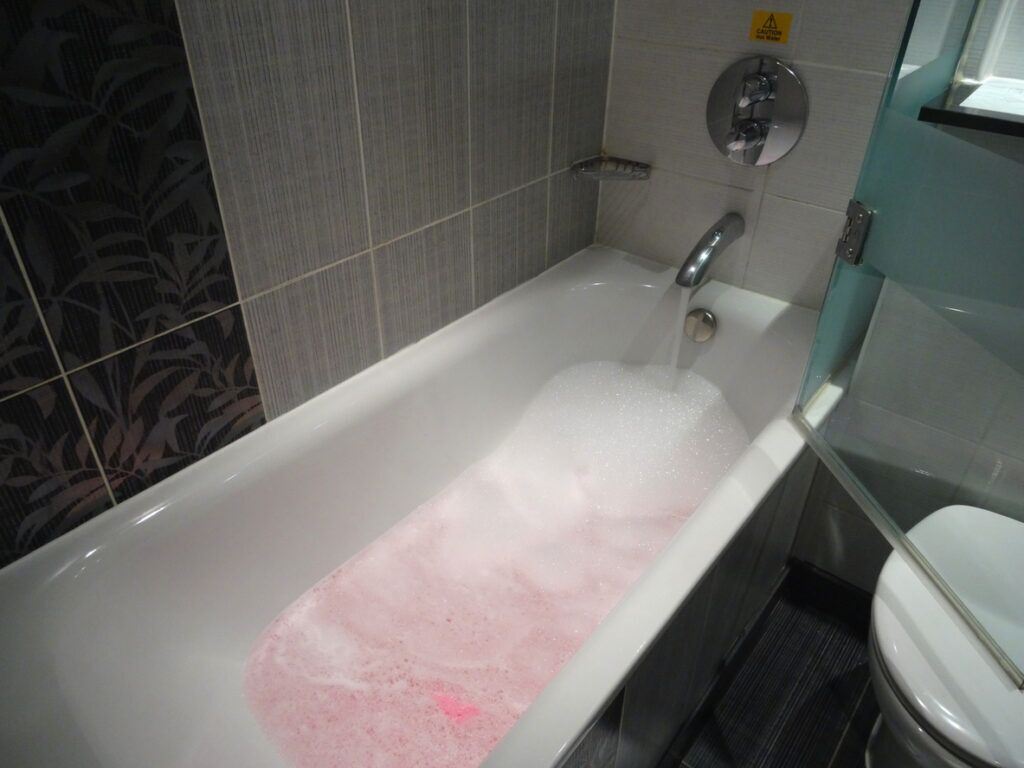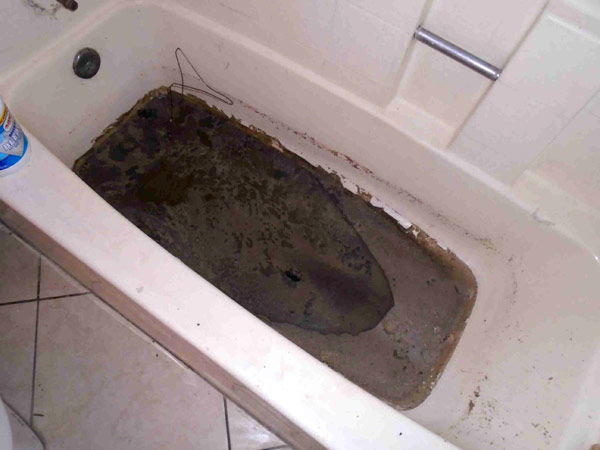We have found this great article involving What To Do If Sewage Starts Backing Up Into the Shower below on the internet and concluded it made sense to relate it with you on this page.

Sewage back-up in the bath tub can be an upsetting and unhygienic problem for any type of home owner. Not just is it troublesome, yet it also presents serious health and wellness threats and indicates underlying concerns with the plumbing system. Recognizing why sewage is turning up through the tub is essential for taking ideal action to resolve the issue properly.
Intro to the Concern
Usual Reasons for Sewer Back-up
Blockages in the Sewage System Line
One of one of the most common sources of sewer back-up is a clog in the drain line. This can occur as a result of the accumulation of debris, oil, or international objects in the pipelines, stopping appropriate circulation and triggering sewage to back up into your tub.
Tree Origin Breach
Tree origins seeking dampness and nutrients can infiltrate sewer lines through little cracks or joints. Over time, these roots can expand and broaden, creating considerable damage to the pipes and causing sewage backup problems.
Recognizing the Problem
When sewage draws back up into the bath tub, it's a clear indication of a trouble with the water drainage system. The wastewater that needs to be flowing far from your home is instead finding its back right into your living space, which can bring about substantial damages and carcinogen.
Possible Reasons
Numerous aspects can add to sewer back-up in the bath tub. From blockages in the sewer line to problems with the plumbing facilities, determining the origin is necessary for finding a remedy.
Aging Facilities
Older homes may have outdated plumbing systems that are a lot more vulnerable to corrosion, fractures, and degeneration. As pipes age, they end up being extra vulnerable to leakages and clogs, boosting the possibility of sewage backup incidents.
Heavy Rainfall or Flooding
Throughout periods of heavy rainfall or flooding, the sewer system might end up being overwhelmed with excess water, triggering backups and overflows. This can result in sewer supporting right into bath tubs and other components inside the home.
Indications of Sewer Backup
Foul Odors
Undesirable odors rising from drains or components, particularly in the restroom, may indicate sewer back-up issues. These odors are often solid and persistent, signaling a trouble that needs immediate attention.
Slow Draining Fixtures
Bath tubs, sinks, and bathrooms that drain pipes slowly or not in any way could be experiencing sewer backup. If numerous components are affected all at once, it's likely that the concern originates from an usual point, such as the main sewer line.
Gurgling Sounds
Unusual gurgling or gurgling noises originating from drains when water is running elsewhere in the house are a measure of air entraped in the plumbing system. This air buildup can result from sewer backup and should be investigated quickly.
Health Risks Associated with Sewer Back-up
Contamination of Water System
Sewer back-up can pollute the supply of water in your home, presenting a major health threat to you and your family members. Exposure to infected water can bring about gastrointestinal issues, skin infections, and other health problems.
Mold and mildew Development
Moisture from sewer back-up can produce perfect conditions for mold development in your home. Mold spores can worsen respiratory system issues and create allergic reactions in sensitive individuals, making timely cleanup important.
Spread of Condition
Sewage consists of damaging germs, infections, and bloodsuckers that can create a variety of conditions, including hepatitis, cholera, and gastroenteritis. Entering contact with sewer or polluted surface areas places you at risk of infection.
Tidying up After Sewage Back-up
Sanitation Procedures
Thoroughly sanitize and disinfect impacted locations after sewage backup to remove harmful germs and stop mold and mildew development. Usage suitable cleaning products and protective equipment to make sure safe and efficient cleaning.
Restoration of Affected Locations
Fix any kind of damage to flooring, wall surfaces, or fixtures caused by sewer backup. Relying on the extent of the damage, you may require to change carpeting, drywall, or various other materials to restore your home to its pre-loss problem.
Immediate Actions to Take
Turning Off Supply Of Water
In the event of sewer back-up, it's vital to shut off the supply of water to stop additional contamination and damage. Find the major water shutoff valve in your home and shut it off till the issue can be fixed.
Getting In Touch With an Expert Plumber
Handling sewage back-up is not a DIY job. Contact a certified plumber with experience in managing sewage-related concerns to assess the circumstance and execute necessary repair services or cleanings.
Avoiding Contact with Polluted Water
Up until the sewer back-up is settled, stay clear of contact with infected water to stop the spread of germs and pathogens. Put on safety gear if you need to remain in the damaged area and wash your hands thoroughly later.
Preventive Measures
Regular Maintenance of Sewage System Lines
Set up regular examinations and upkeep of your drain lines to determine and attend to possible problems before they escalate into significant problems. This can include clearing out particles, checking for tree origin invasion, and repairing any type of broken pipes.
Mounting Bayou Shutoffs
Think about mounting backwater shutoffs in your plumbing system to avoid sewer from receding right into your home throughout periods of heavy rainfall or flooding. These valves instantly close when water starts backing up, protecting your residential property from contamination.
Appropriate Disposal of Household Waste
Stay clear of flushing anything apart from toilet paper and human waste down the toilet to avoid clogs and blockages in the sewage system line. Dispose of grease, oil, and various other household chemicals correctly to reduce the risk of plumbing problems.
Why Is Water Backing Up in My Bathtub When I Flush My Toilet?
What to do about a sewer line clog
First, don’t bother with plunging. No amount of plunging will dislodge the clog in a sewer line. The clog is too far away. Plungers are for clogs in the toilet itself, not the sewer line. Plus, the most likely causes of a sewer clog are:
Tree roots Flushed toys or feminine products Grease buildup Those items don’t move easily. And in the case of tree roots, the roots need to be cut out of the pipe and the pipe will need to be repaired.
You’ll need a closet auger. A closet auger is a type of plumber’s snake with a protective cover to keep from scratching the delicate porcelain toilet. If the clog is further down, you may need to remove the toilet or use one of your cleanouts to get to the clog.
We also recommend doing a video inspection of the drain to ensure that the cause of the clog has been completely removed. Otherwise, you could have the same problem again in a few days or weeks.
https://mspplumbingheatingair.com/blog/why-is-water-backing-up-in-my-bathtub-when-i-flush-my-toilet

As a devoted person who reads about Why sewage is coming up through your bathtub, I thought sharing that information was a smart idea. Sharing is caring. You won't know, you could be helping someone out. Thanks a lot for your time invested reading it.
Click Here